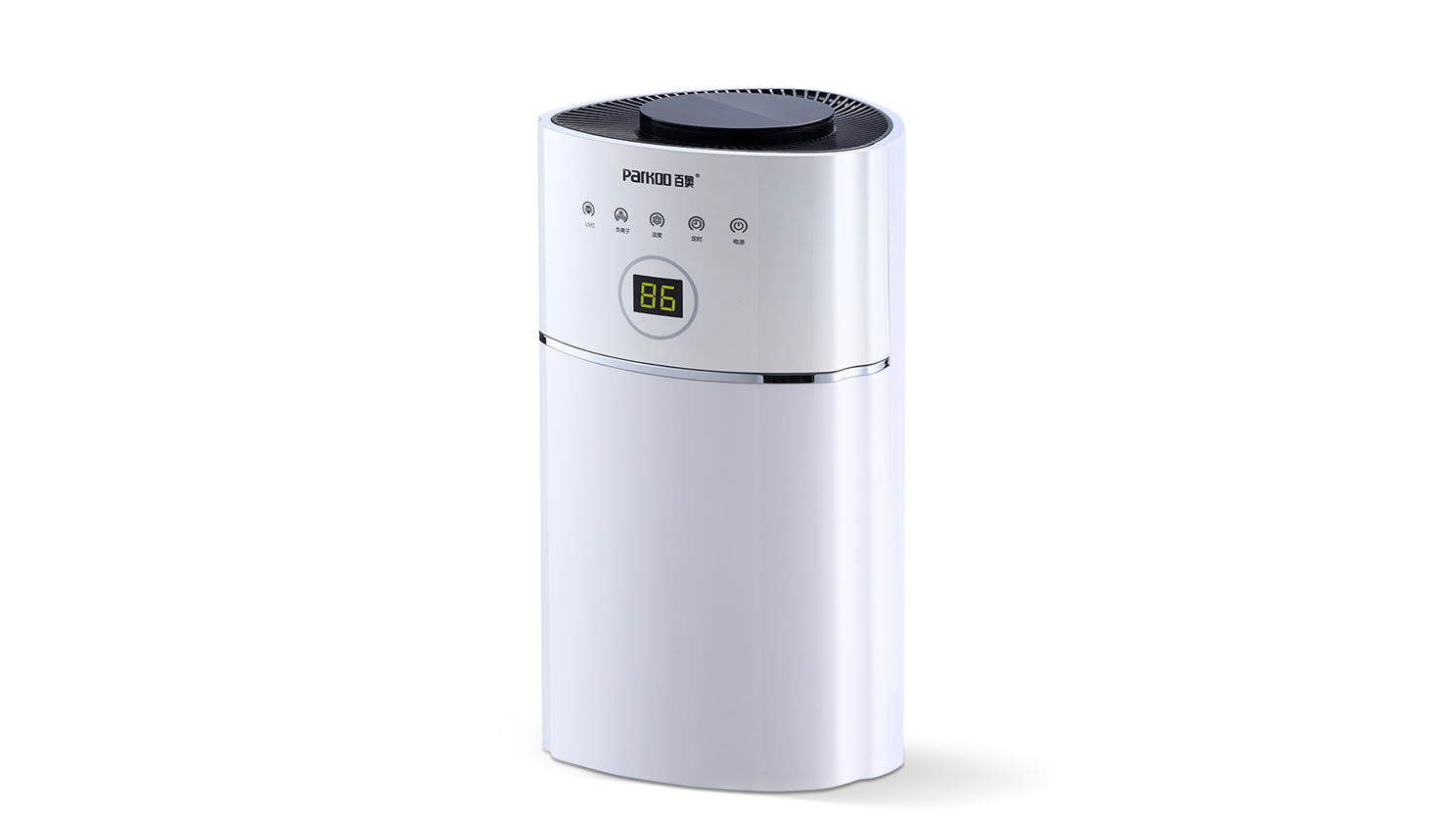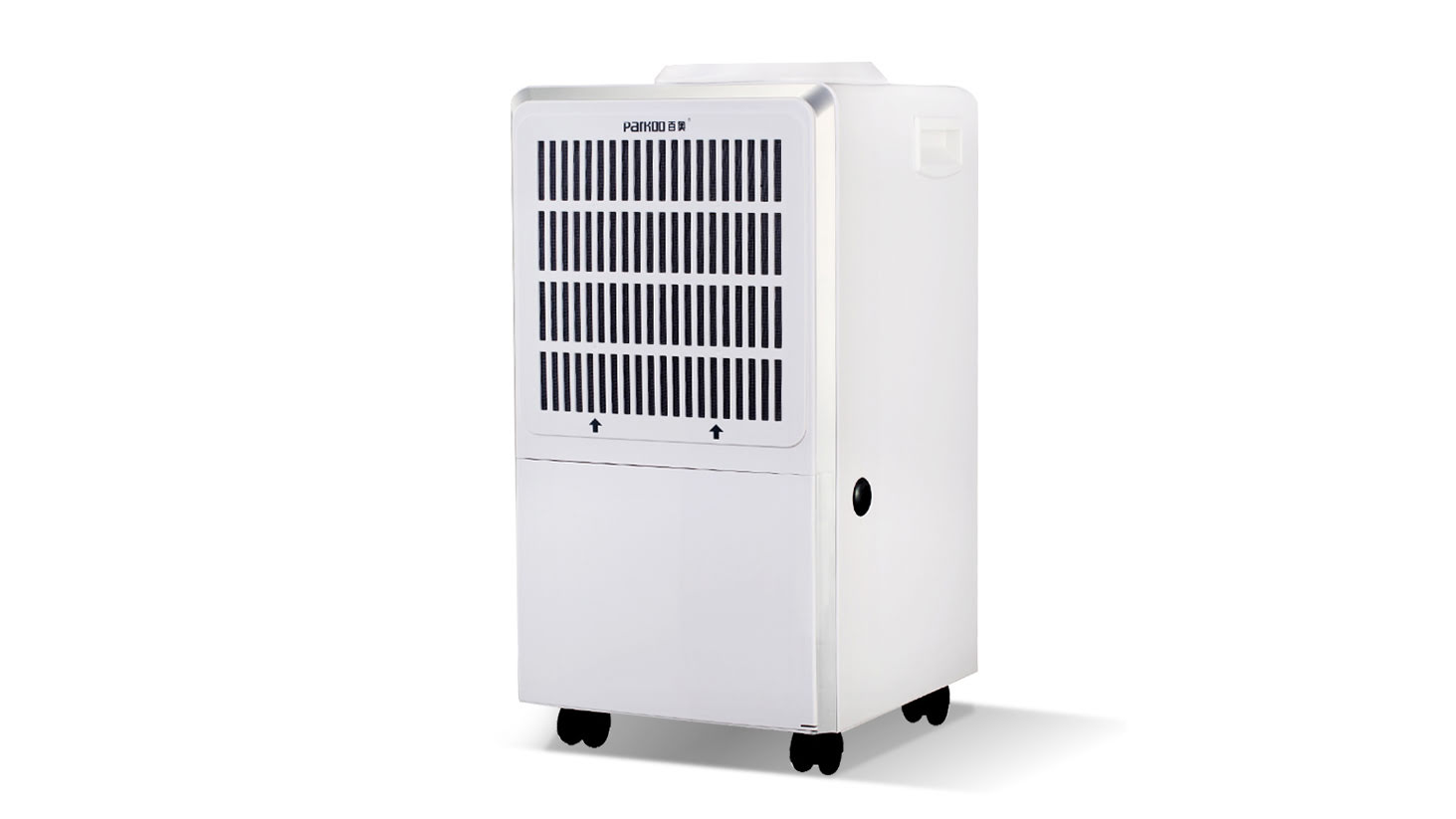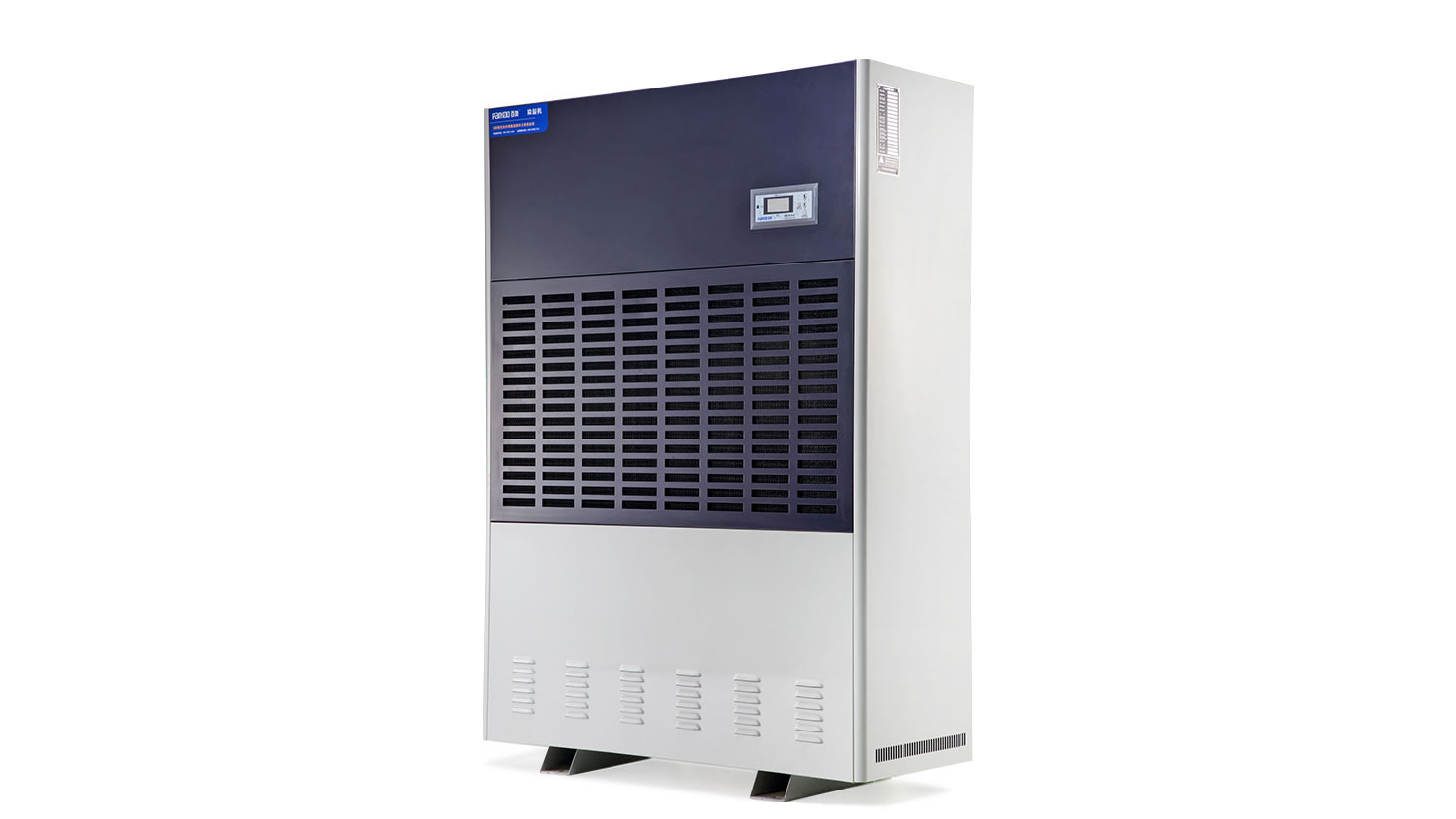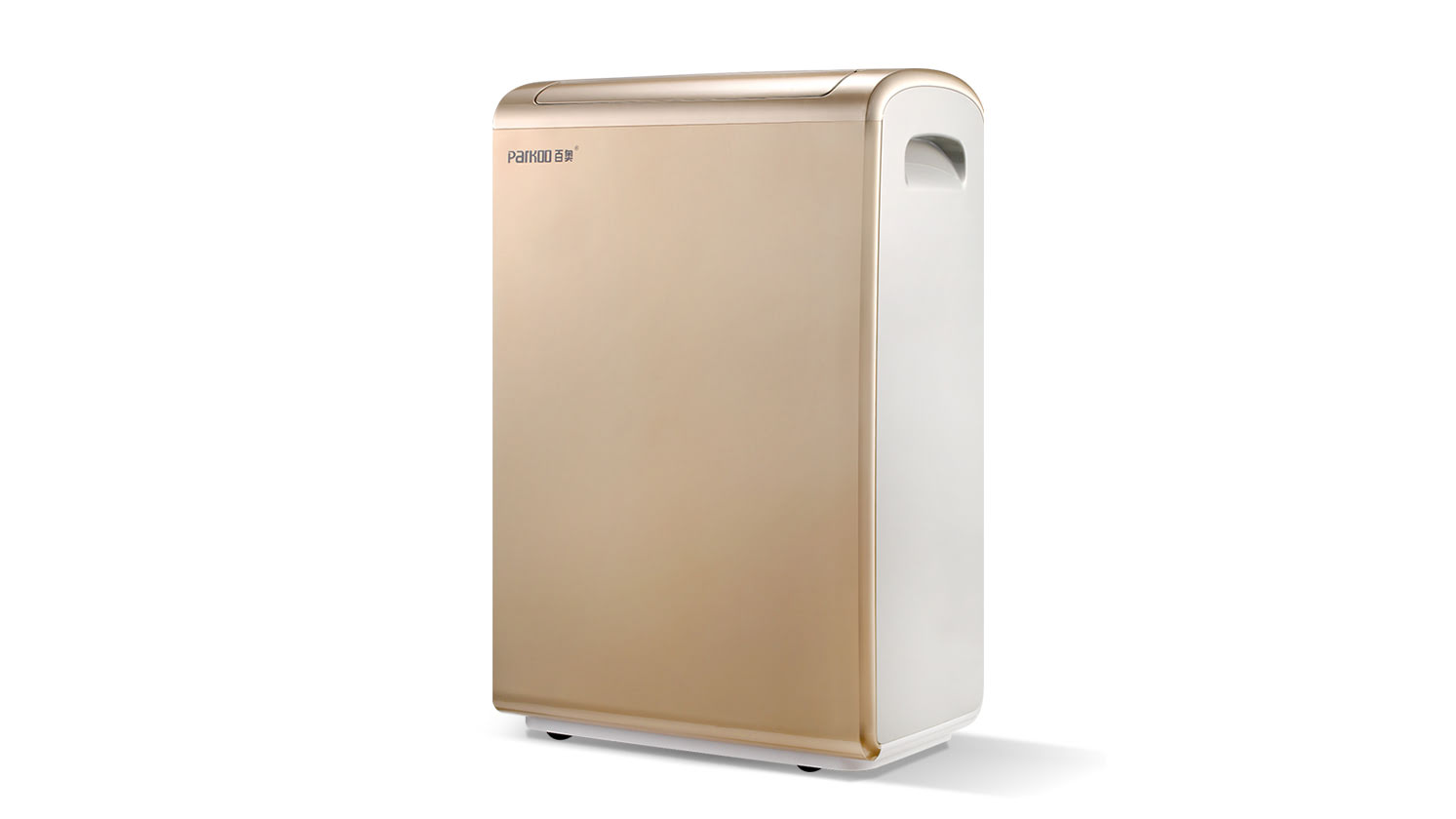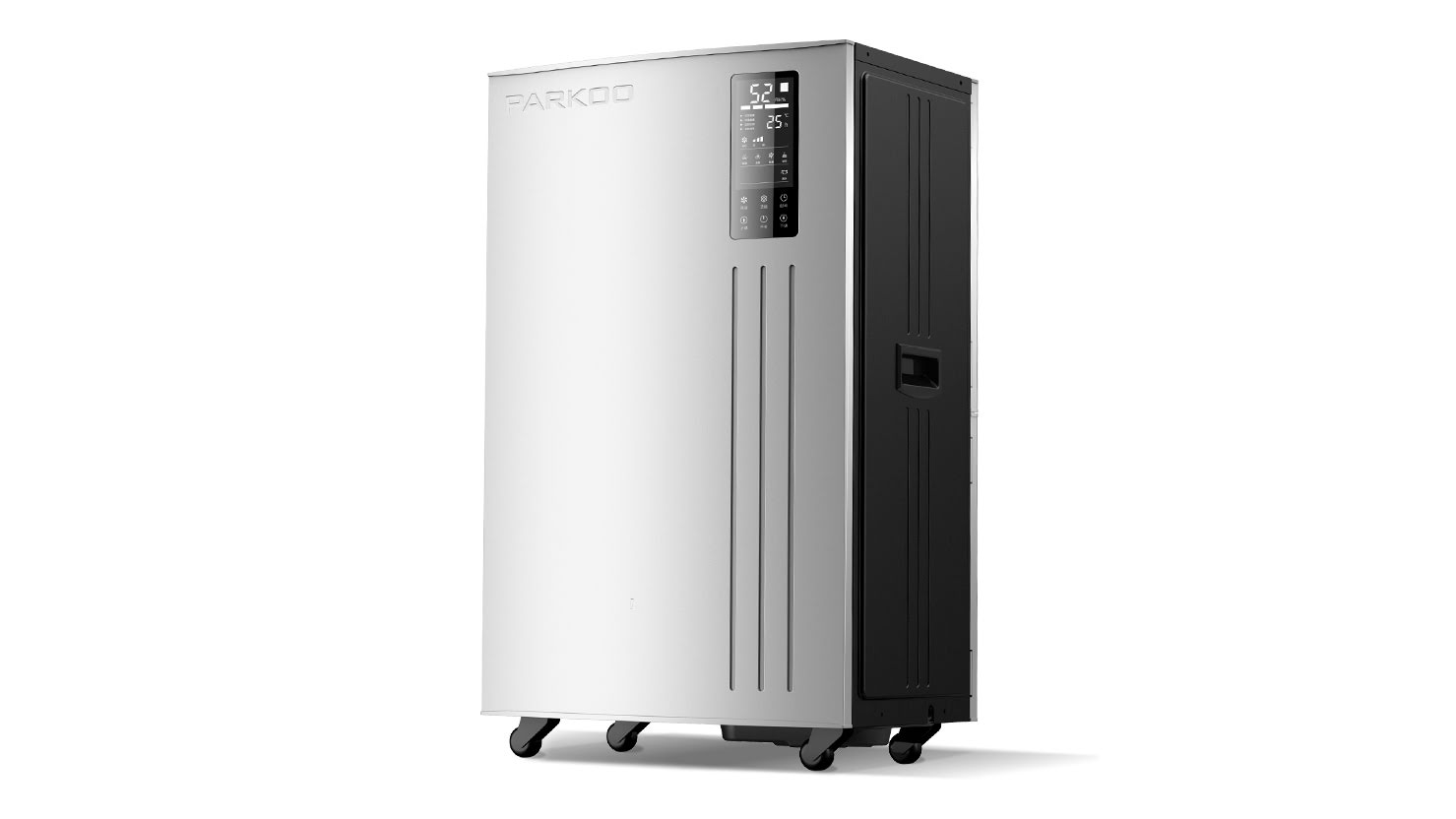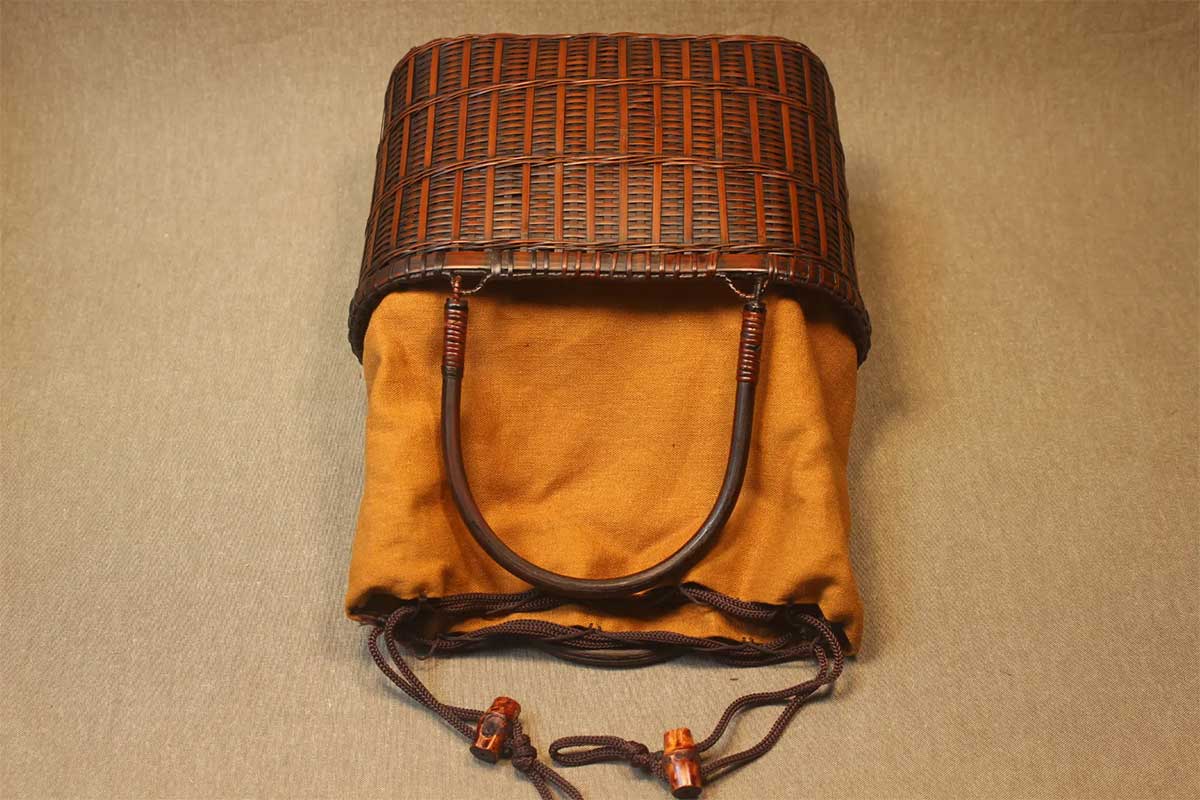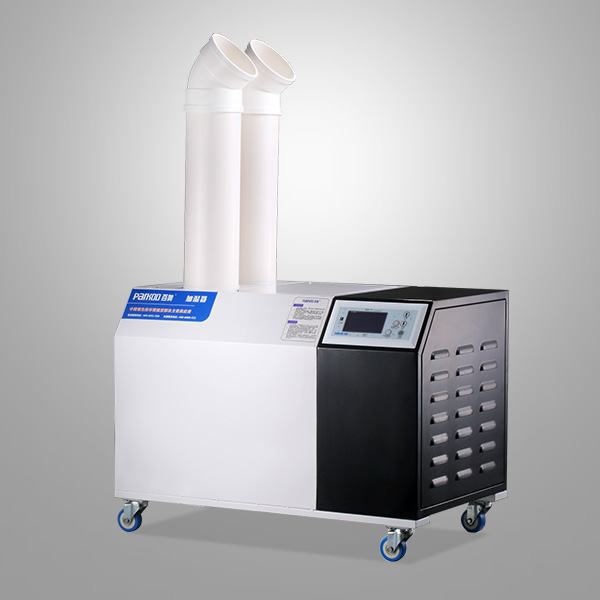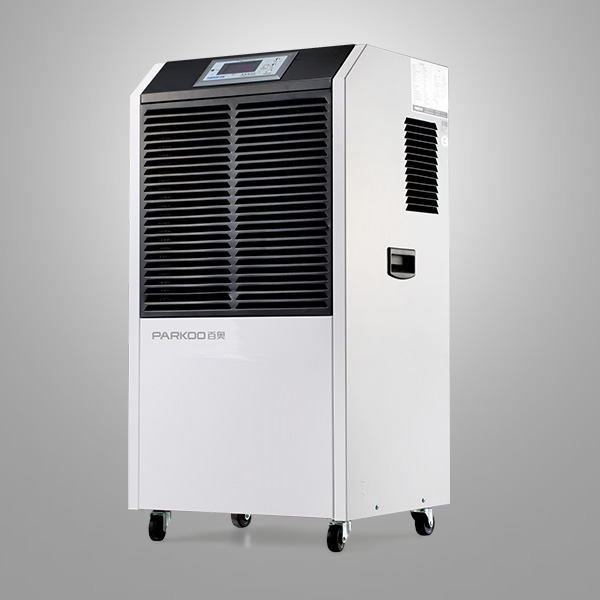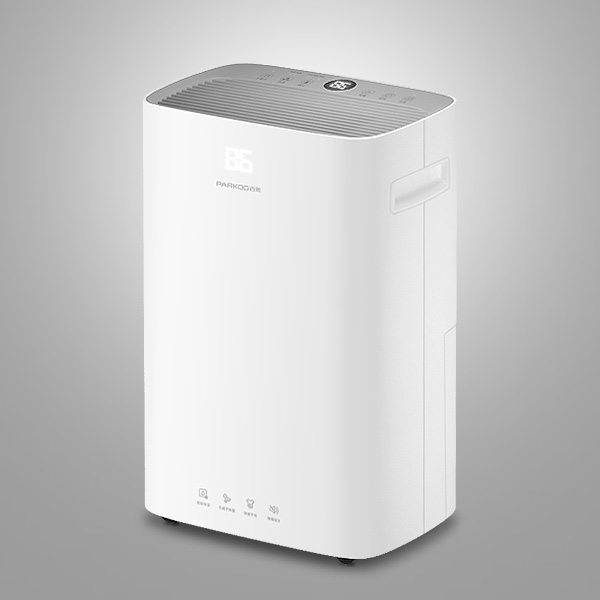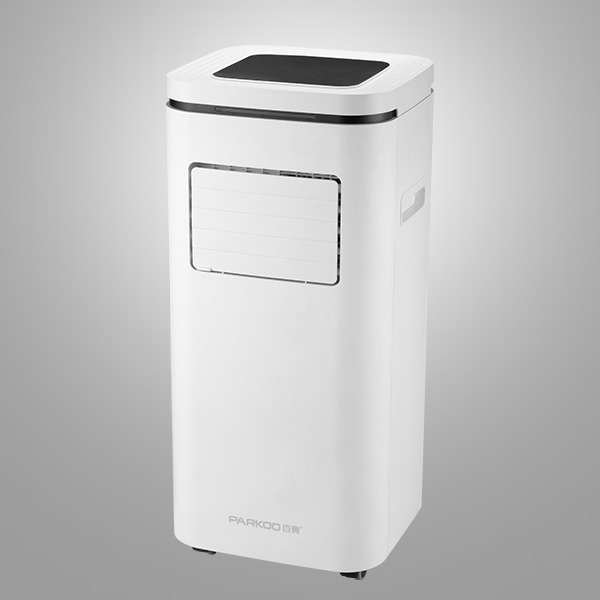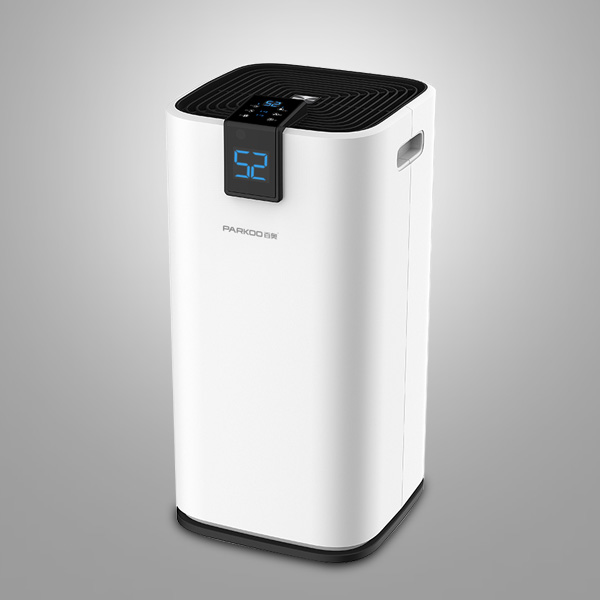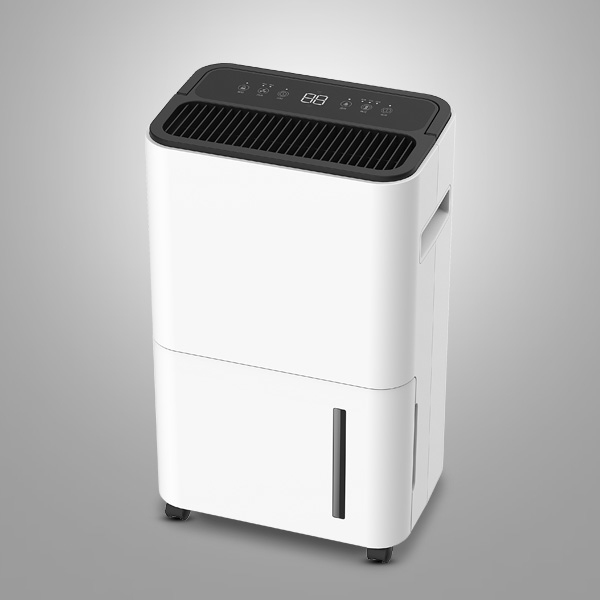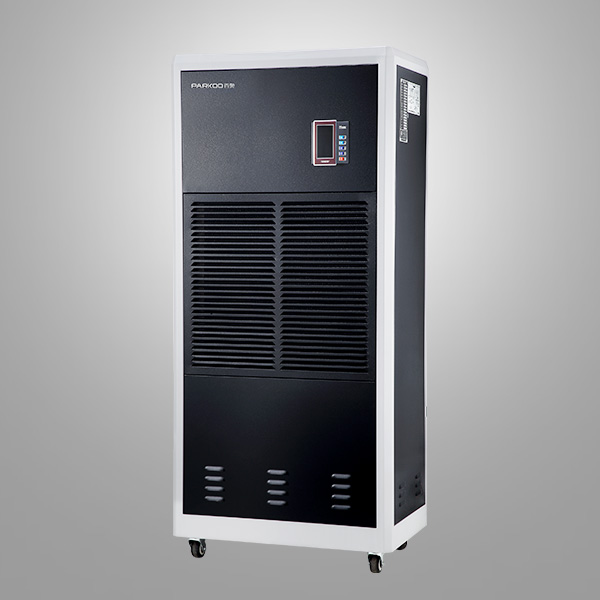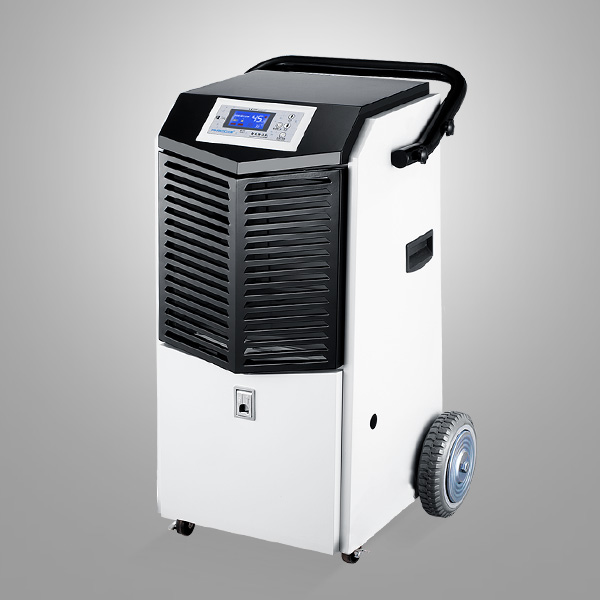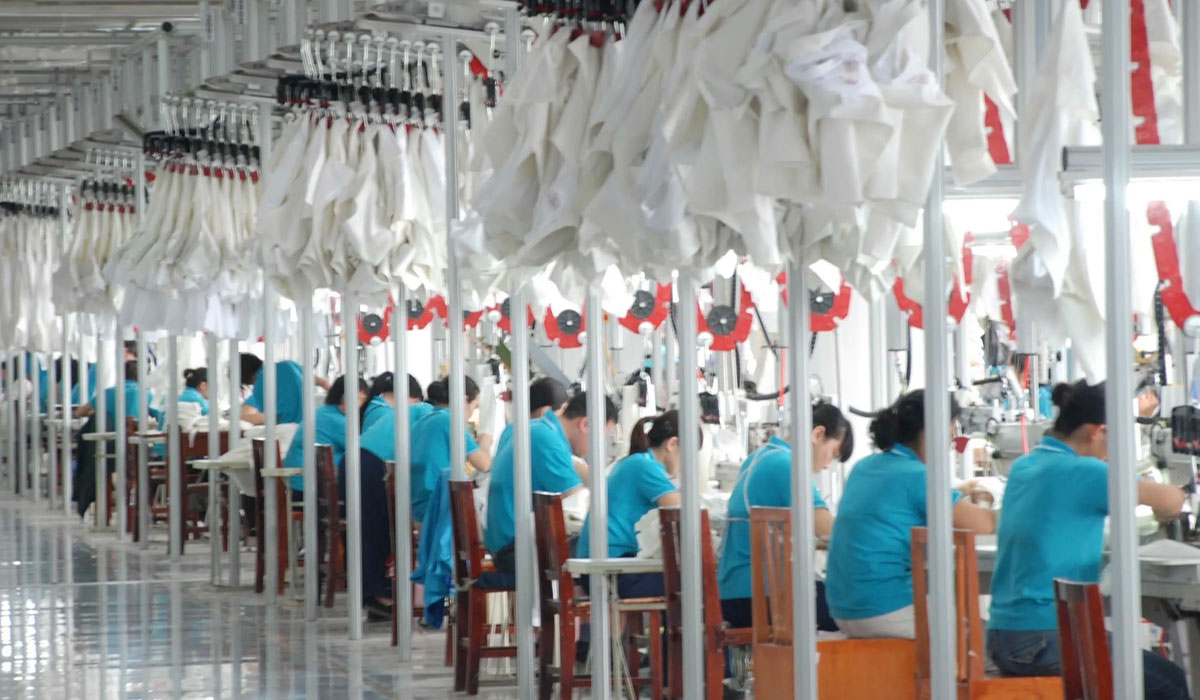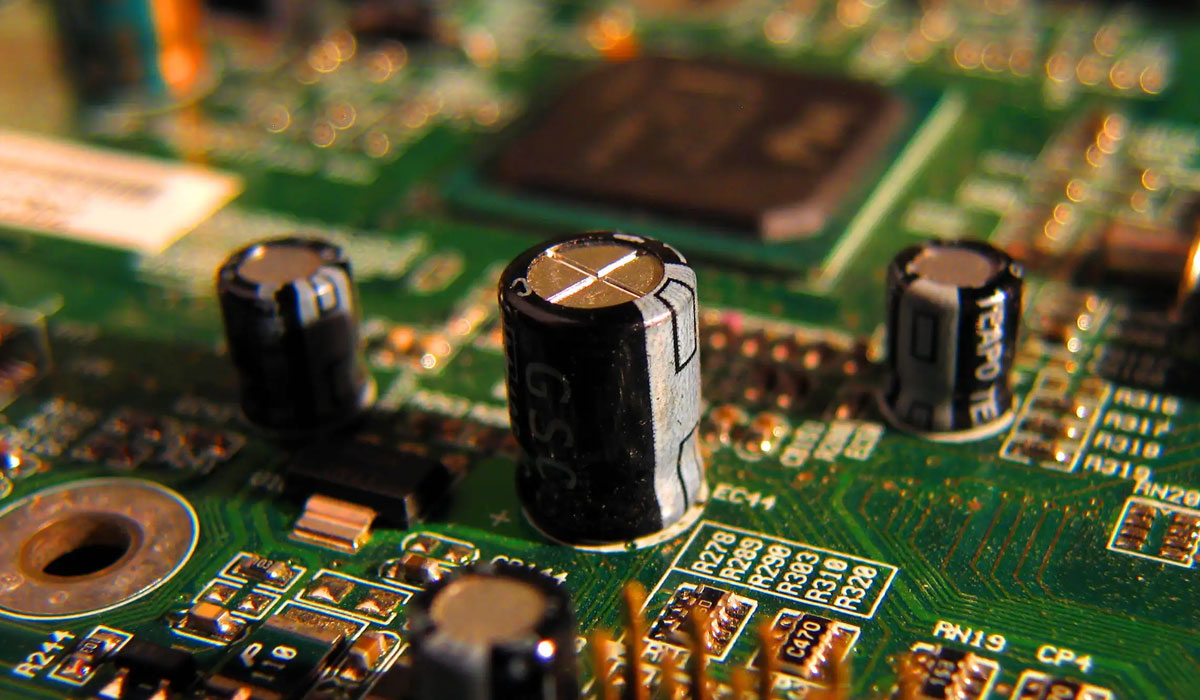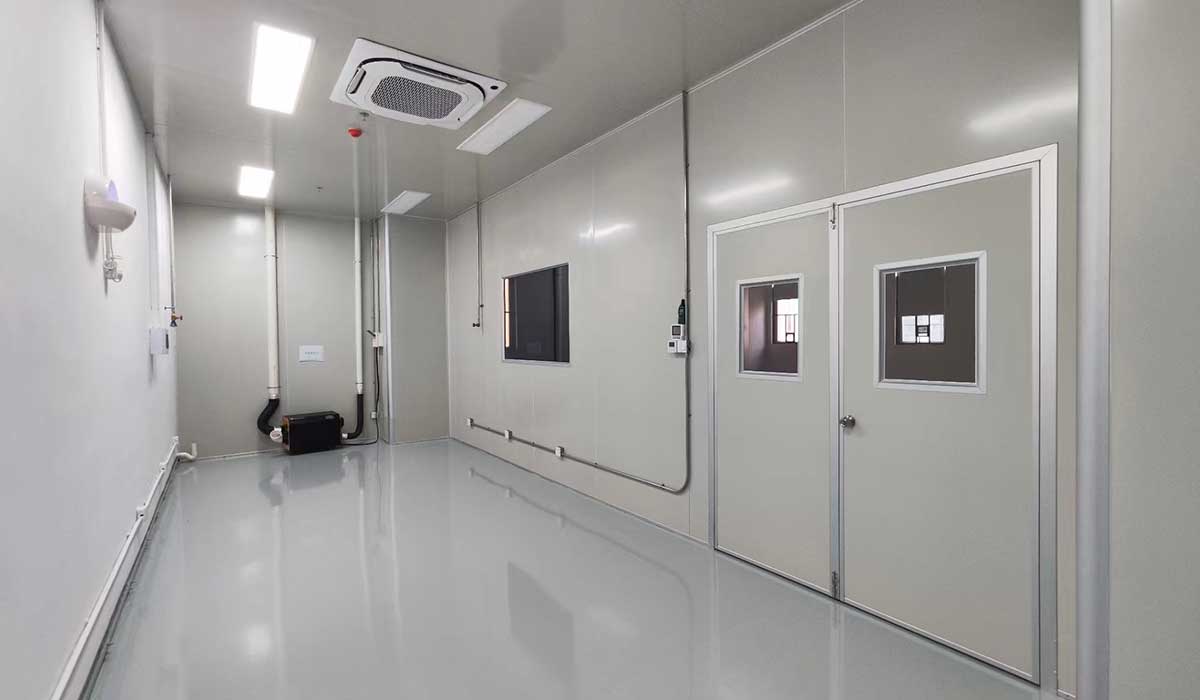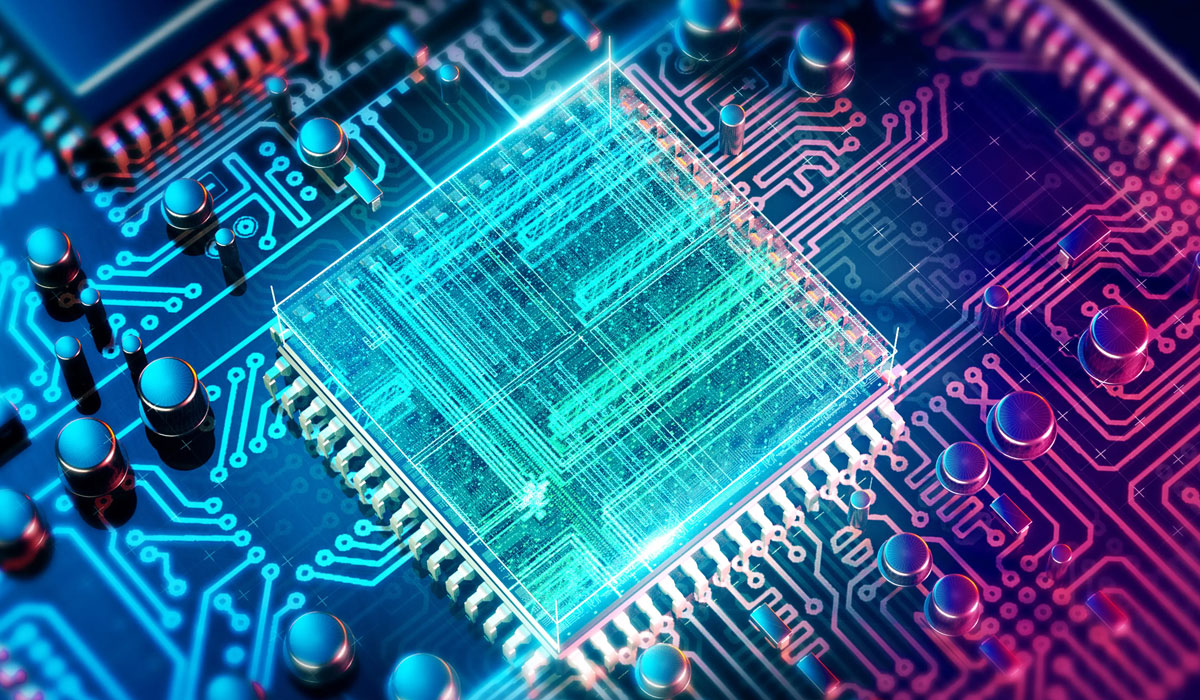Is the dehumidification of dehumidifier the same as that of air conditioner? Air conditioning is used by writers to reduce humidity and temperature in an area using electrical appliances. Dehumidifier is used to reduce and maintain a lower humidity level in an area. These are usually used for health reasons. Although Dehumidifier are derived from air conditioners, they are only used to reduce humidity. They usually do not cause any changes in ambient temperature In air conditioning, air is moved through refrigeration coils and circulated throughout the room. However, in the Dehumidifier, the air circulates on the refrigeration coil, collects excess moisture in the air through condensation, and then heats up and circulates back
The air conditioner is responsible for handling the water collected from the condensate of the refrigeration coil, allowing it to drip outside the room. For this reason, some central air conditioning units need to be connected to drainage pipes. Newer air conditioner models typically evaporate the collected water through a hot external coil to improve efficiency. On the other hand, the Dehumidifier does not have any external devices, so the water needs to be treated internally. Larger models may be bundled with the building's piping system, however, smaller models typically have small buckets that need to be filled and emptied. Generally, the Dehumidifier has a sensor that can automatically shut down the machine when the bucket is full
Air conditioners can reduce room temperature to a certain extent and act as Dehumidifier. Dehumidifier can effectively control room humidity and make the air healthier. The reduced humidity reduces and controls the growth of mold in the room. Mold can cause various health allergies and infections
There are various types of air conditioning on the market, such as window air conditioning, split air conditioning, central air conditioning, and evaporative coolers. The basic principles of all types are the same, except for designing simple evaporative coolers and using water mats to cool the air and air ducts to circulate air within the house. There are three types of Dehumidifier, namely mechanical, dry and electronic. The mechanical working mode is more or less the same as that of air conditioning. Drying dehumidifiers typically use any desiccant material suitable for dehumidification. The electronic Dehumidifier uses an electronic heat pump, which is usually used in very small areas. These operations are very quiet
During the year, the comfort level is low solely due to humidity. If you are located in a city near the sea, the situation will be even more so. It also occurs during the monsoon period. In those days, eliminating the humidity in the room provided a lot of comfort
Running the air conditioning in dry mode helps eliminate additional humidity in the air The fan runs at low speed and the compressor starts for a short period of time in large cycles to eliminate additional moisture On high humidity days, this is definitely a power-saving choice because even if the fan motor runs slowly, even the compressor start-up time is shorter. The air conditioner does not blow a large amount of cold air in this mode, as its purpose is to dry the air rather than cool the room
Please note that it cannot be used as a Dehumidifier (which may make the air very dry), but it is enough to make the room comfortable
Summary
1. The main purpose of air conditioning is to extract heat from an area, while the purpose of Dehumidifier is to extract excess humidity 2. The air conditioner allows water droplets collected from the condensation of the cold coil to fall outside or evaporate on the hot coil, while the water collected in the dehumidifier needs to be manually drained or connected to a pipeline If the air conditioner provides a cool and comfortable temperature, the dehumidifier solves health problems by controlling the growth of the mold
4. Air conditioners are usually only applicable to mechanical principles, while Dehumidifier can be used for mechanical, drying and electronic systems
